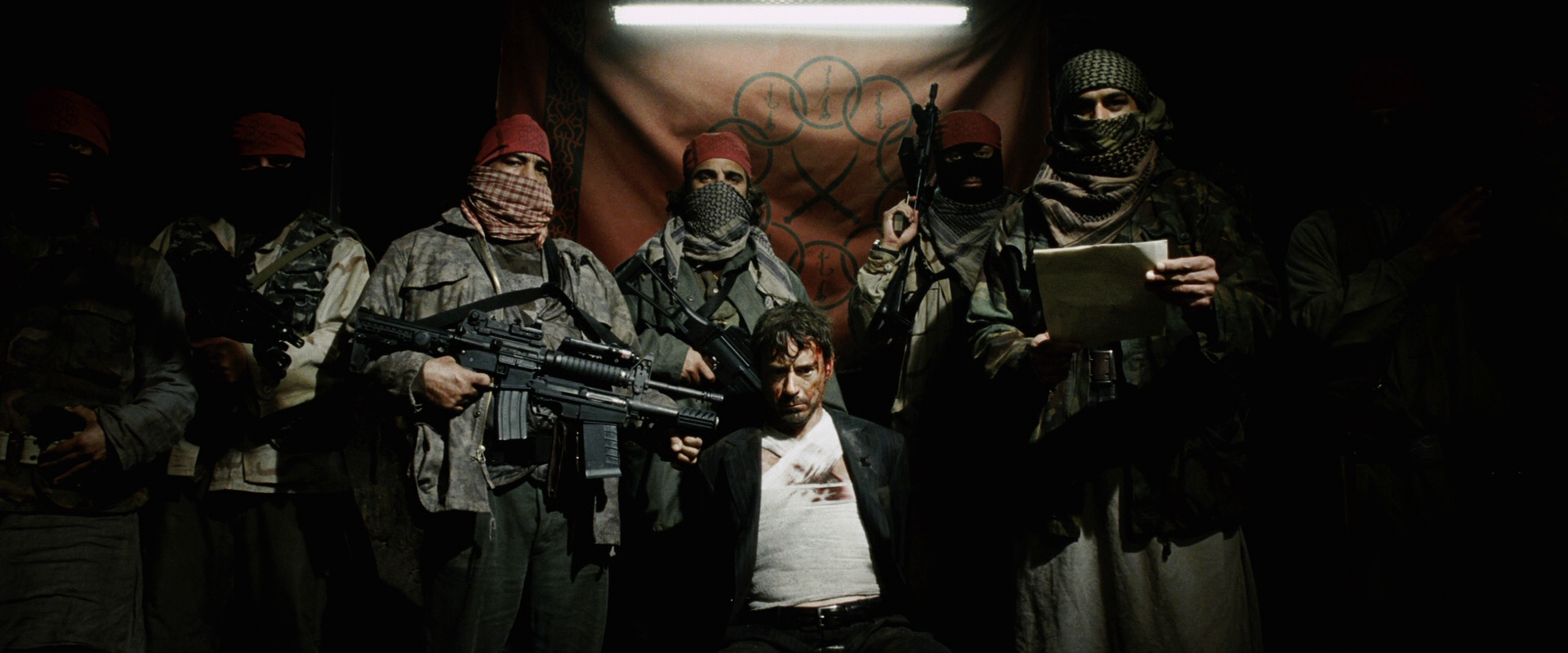Table of Contents Show
With twelve years of movie-making and twenty-two films under its belt, the Marvel Cinematic Universe (MCU) has become one of the most profitable and beloved franchises of all-time. With such a long history, it is no surprise that the MCU has undergone significant development and adaptation. The MCU has added various new heroes to its ranks, slowly attempted to increase on-screen diversity, and applied more updated technology and computerization to its filmmaking.
However, when looking back on some of the earliest films in the MCU, one of the most notable stylistic developments within the franchise has been a significant increase in levity. Whether it’s a sassy comment from Rocket the Racoon or an out-of-shape couch potato Thor, Marvel films have undeniably become funnier and more light-hearted. What prompted the MCU to increase levity in its films?
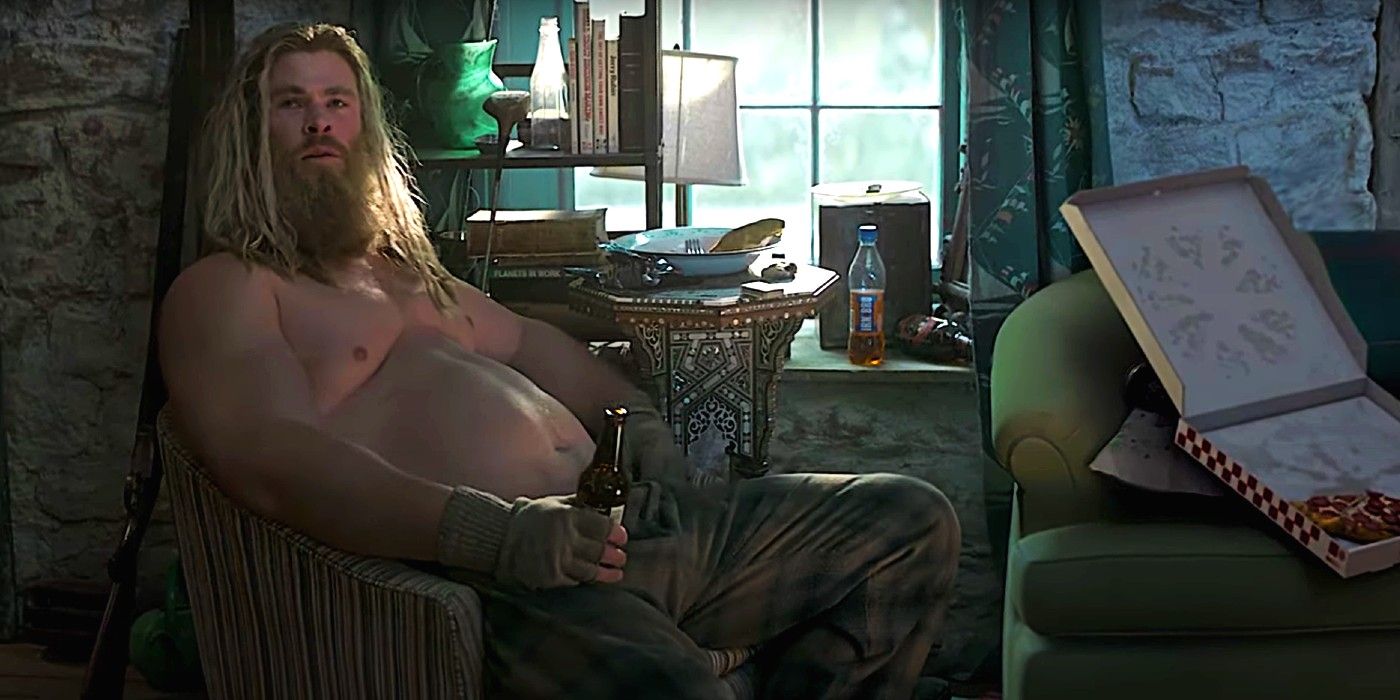
Well, arguably, it all comes back to politics. Like any other artistic medium, Marvel has had to navigate a changing political landscape and adapt its films to cater to what audiences want at the moment. The MCU’s tone-shift towards levity can be largely attributed to increased political polarization and globalization. Before we get political, let’s take a look at just how stylistically different early MCU films are compared to their more recent counterparts.
Tracking Levity In MCU Films
While Iron Man and Thor: Ragnarok are both a part of the same franchise, and the characters Thor and Iron Man appear side by side in the Avengers films, these movies are arguably completely different genres.
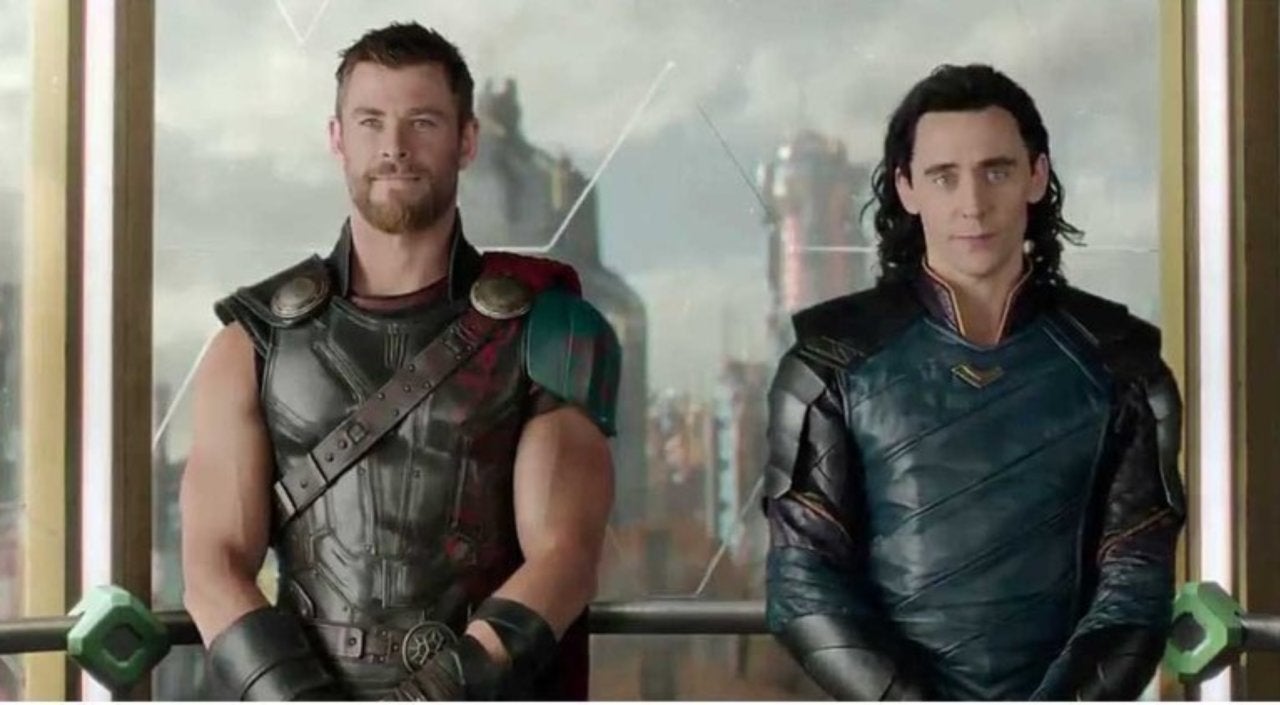
For reference, upon a Google search of both Iron Man and Thor Ragnorak, while the movies do have some genre overlap like ‘superhero’ and ‘action,’ Iron Man is also considered a part of the ‘thriller’ and ‘war film’ genres, whereas Thor: Ragnarok is listed as a ‘buddy film’ and a ‘comedy.’ While many factors influence the genre and perception of a film, three notable developments in the MCU franchise clearly track increasing levity in the franchise.
The MCU’s ‘War On Terror’
The first MCU films were released in 2008. This is important because it means that the first MCU films were planned, produced, and released in a post 9/11 United States. In his book The ‘War on Terror’ and American Film, Terence McSweeney argues that 9/11 was a catalyst for superhero comics and films to shift away from previous escapism and towards a new style in which superheroes engaged directly with the horrors of the real world. (( McSweeney, Terence. The ‘War on Terror’ and American Film: 9/11 Frames Per Second. Edinburgh: Edinburgh University Press, 2014. ))
Superheroes became “a manifestation not just of the fantasies of individuals, but of entire nations.” (( McSweeney, Terence. The ‘War on Terror’ and American Film: 9/11 Frames Per Second. Edinburgh: Edinburgh University Press, 2014. )) The purpose of comics and heroes has always been to inspire self-identified underdogs. Post 9/11, we see this self-identification with heroes on a national level. The American public used these heroes not only to grieve the 9/11 terrorist attacks but to feel strong and heroic in the wake of a tragedy that left many people feeling vulnerable to future acts of terrorism.
Heroes like Captain America and Iron Man became manifestations of idealized patriotism. Nowhere are these themes of anti-terrorism more present in the MCU than in the first Iron Man film, in which Tony Stark is captured by the terrorist group Ten Rings while selling weapons of mass destruction in war-torn Afghanistan. While it is true that the real villain of Iron Man is Obidiah Stane, a white American colleague of Stark’s, the first forty minutes of Iron Man, and thus the first forty minutes of the entire MCU franchise to follow, began in a cave occupied by Afghan terrorists.
MCU Villains Over Time
It is no coincidence that the Ten Rings terrorist group is Middle Eastern in the film, and that they are seeking out Jericho missiles, which, per the film’s portrayal, can destroy mountains. The depiction purposefully parallels the image many Americans associate with terrorist organizations, specifically Al-Qaeda.
Additionally, the presence of US troops in Afghanistan in the movie is evocative of the US invasion of Afghanistan. Because the threat of Ten Rings is one that the American people know intimately and painfully, it sets the film up for a darker tone. The MCU uses the premise of terrorism to address US anxieties, and introduces Iron Man as a symbol of American resilience, strength, and endurance in the face of life altering-tragedy.
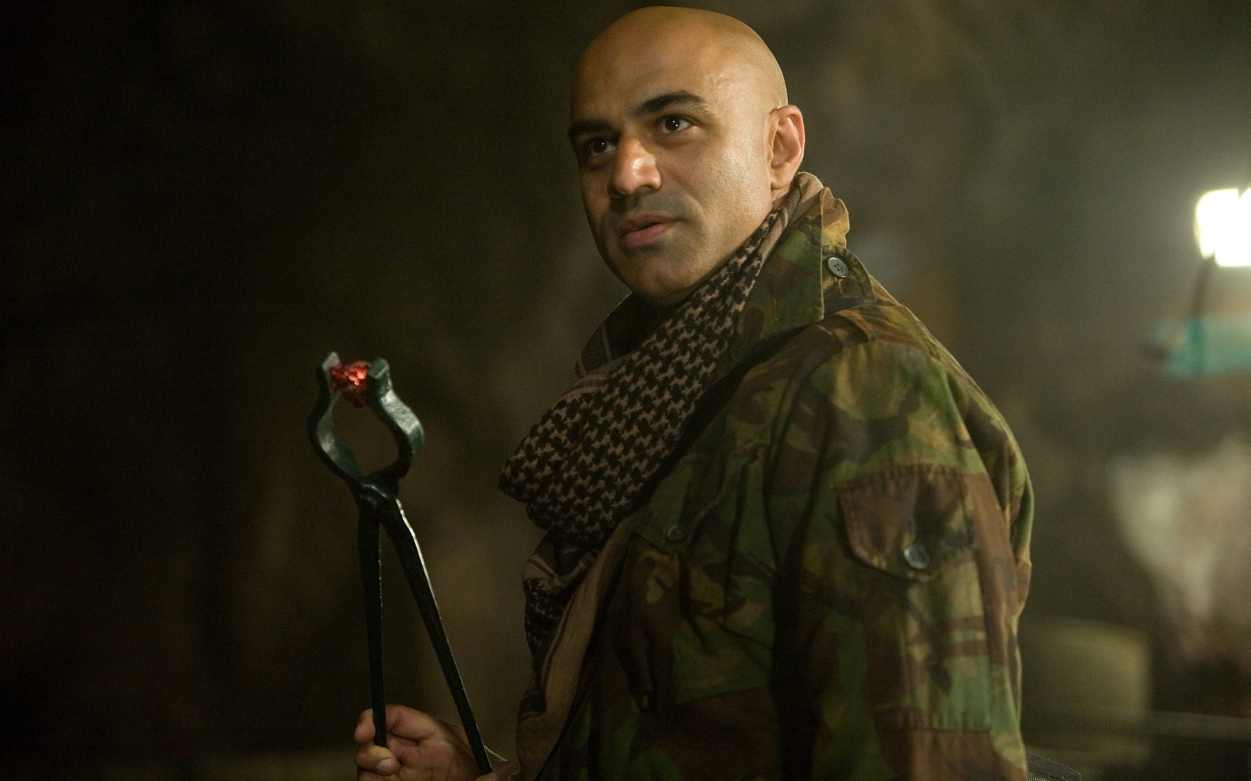
The roots of MCU films in dark US history extend beyond just Iron Man. Notably, Captain America has his roots in World War II fighting Nazis. While the film shies away from the atrocities of the Holocaust, those implications are nonetheless inextricable from the film’s premise, and they heighten the stakes and necessity for Captain America’s success. Scenes such as the rescue scene in which Steve Rogers frees his fellow soldiers from a Hydra base serve as a very vivid reminder of the horrors American soldiers faced as prisoners of war in World War II.
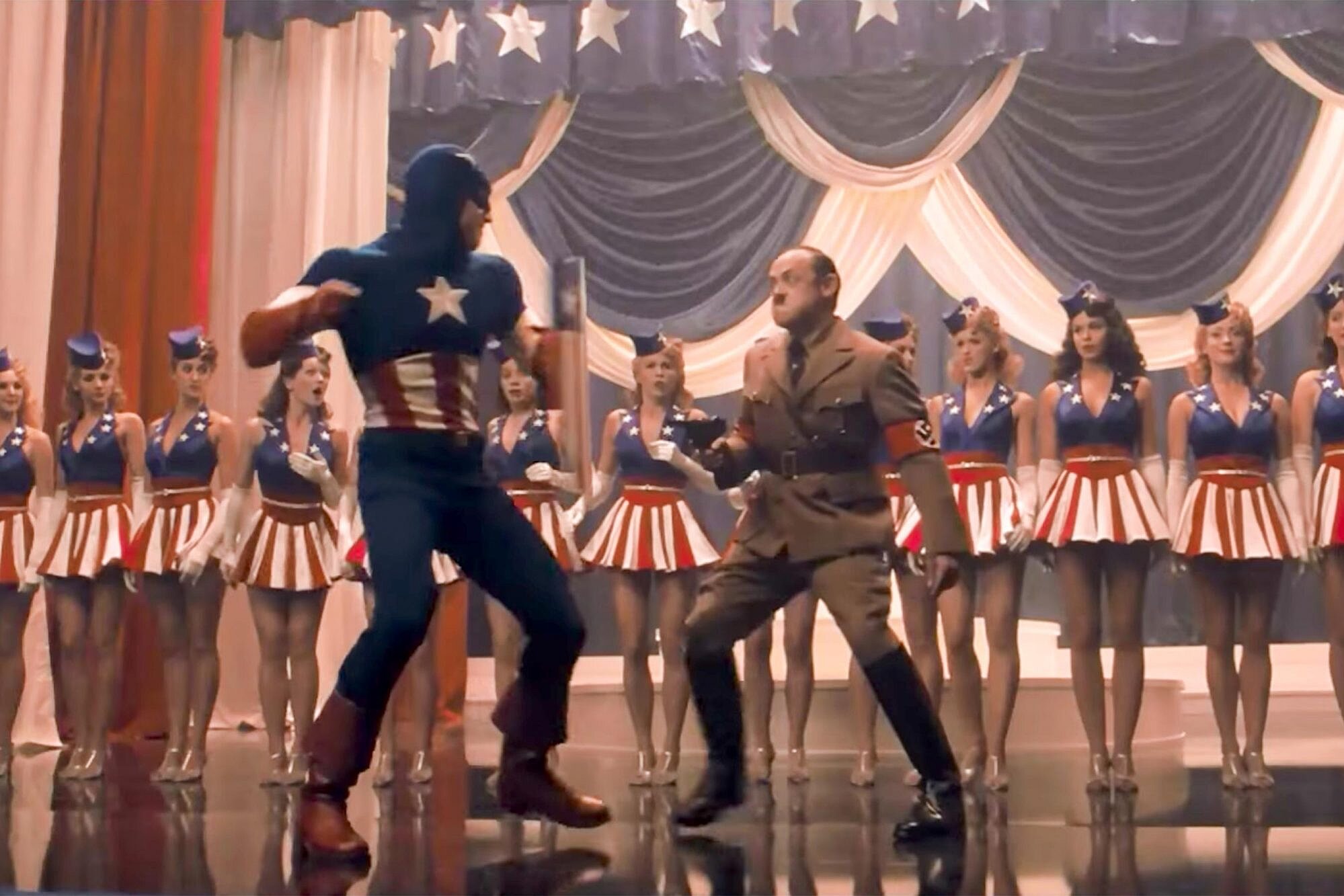
Despite Steve Rogers’ heroism and success, this premise is still much darker than that of later MCU films. While it’s true that there are larger threats in later films in the franchise (Thanos attempting to wipe out half of all life), these threats aren’t as dark because they don’t have real-world origins. World War II is a fundamentally scarier premise because the atrocities of war and the Holocaust actually happened. Those evils were perpetrated by real human beings, and thus they will always carry more existential dread than the idea of an alien wiping out humanity.
The Shift In The MCU
Following these films, the MCU slowly began to distance itself from real historical events, instead favoring plots focusing on fictional terrorist threats. This transition marks an increase in levity in the MCU franchise because MCU films stopped drawing on pain and fear derived from real-world suffering and real events that its audiences might have experienced. Still, the MCU capitalized off of America’s fear of terrorism, albeit a more toned down and palatable version of the threat. Marvel villains such as the fictional terrorist ‘the Mandarin’ and the organization Hydra became dominant in new installments of the franchise.
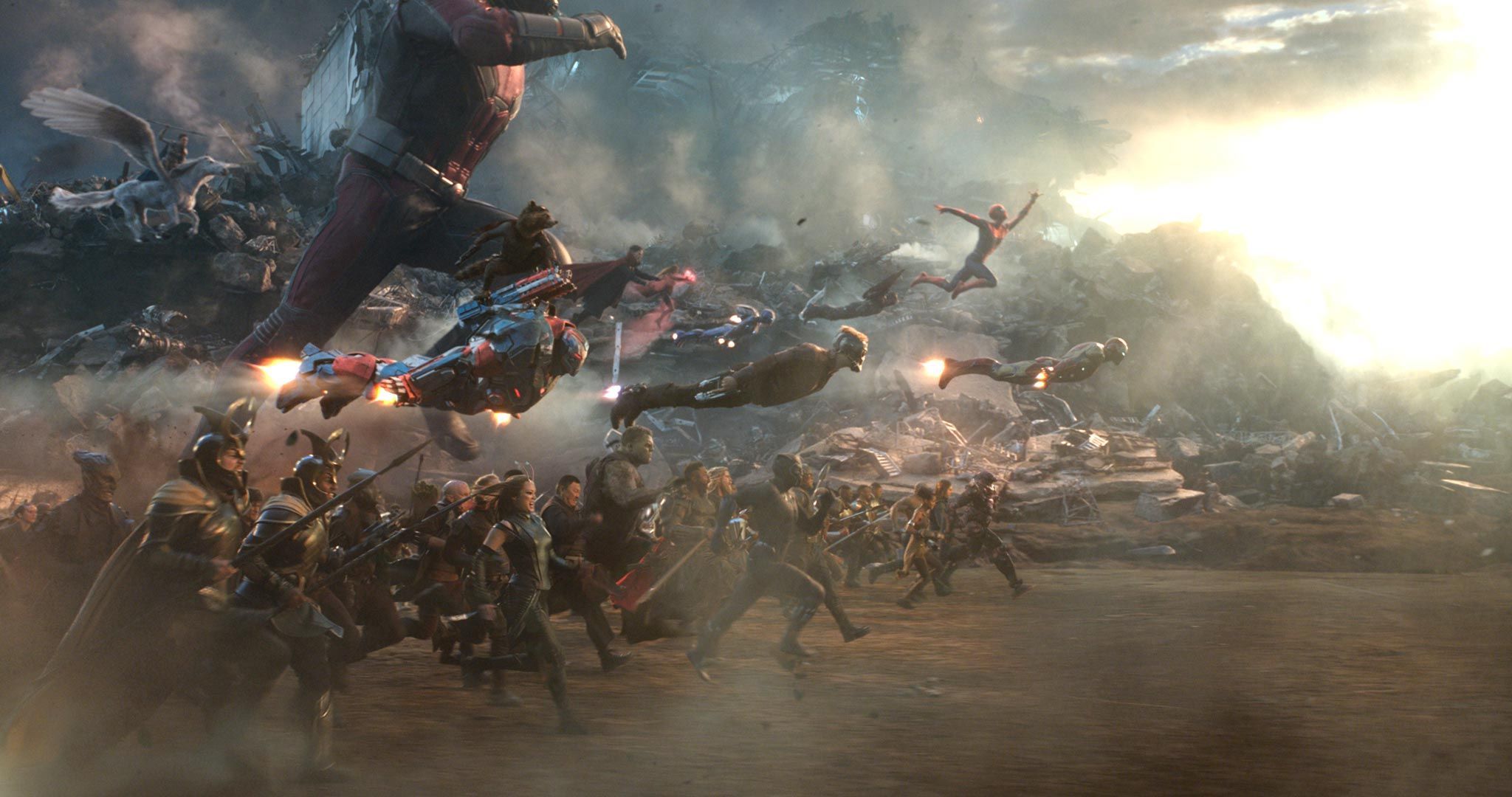
The Avengers marks a turning point for MCU films. Rather than fighting terrorists in a staunch display of nationalism, a collection of heroes from different countries (Natasha Romanoff) and even different planets (Thor) must unite in fighting an external threat from alien forces to protect Earth as a whole. While not all MCU villains to follow are alien, MCU villains do start to pose a more universal threat. No longer are Marvel heroes defending America from the threat of other countries, but rather the growing cast of eclectic characters must protect the world from a threat to humanity.
Examples include the threat of AI as seen in The Avenger: Age of Ultron, illegal arms dealers in Spider-Man: Homecoming, and time-bending and the Dark Dimension in Dr. Strange. Of course, like anything, this shift happens over time, and terrorism still plays a role in Marvel films such as Ant-Man. The global unity and common humanity that is depicted in more recent MCU films has markedly increased, consequently aiding the films in a shift towards a more light-hearted tone.
MCU Heroes: The First Avenger(s)
As previously mentioned, the MCU was born into existence by placing imaginary superheroes in the context of real historical wars that devastated the world, killing thousands of people. These dark origins shaped and created some of the MCU’s most iconic characters today. Tony Stark became Iron Man while trying to survive as a hostage of terrorists. Quite literally, Iron Man was built out of the rubble of terrorist action. In the wake of 9/11, Tony Stark is a relevant and realistic depiction of a new version of the American War Hero.
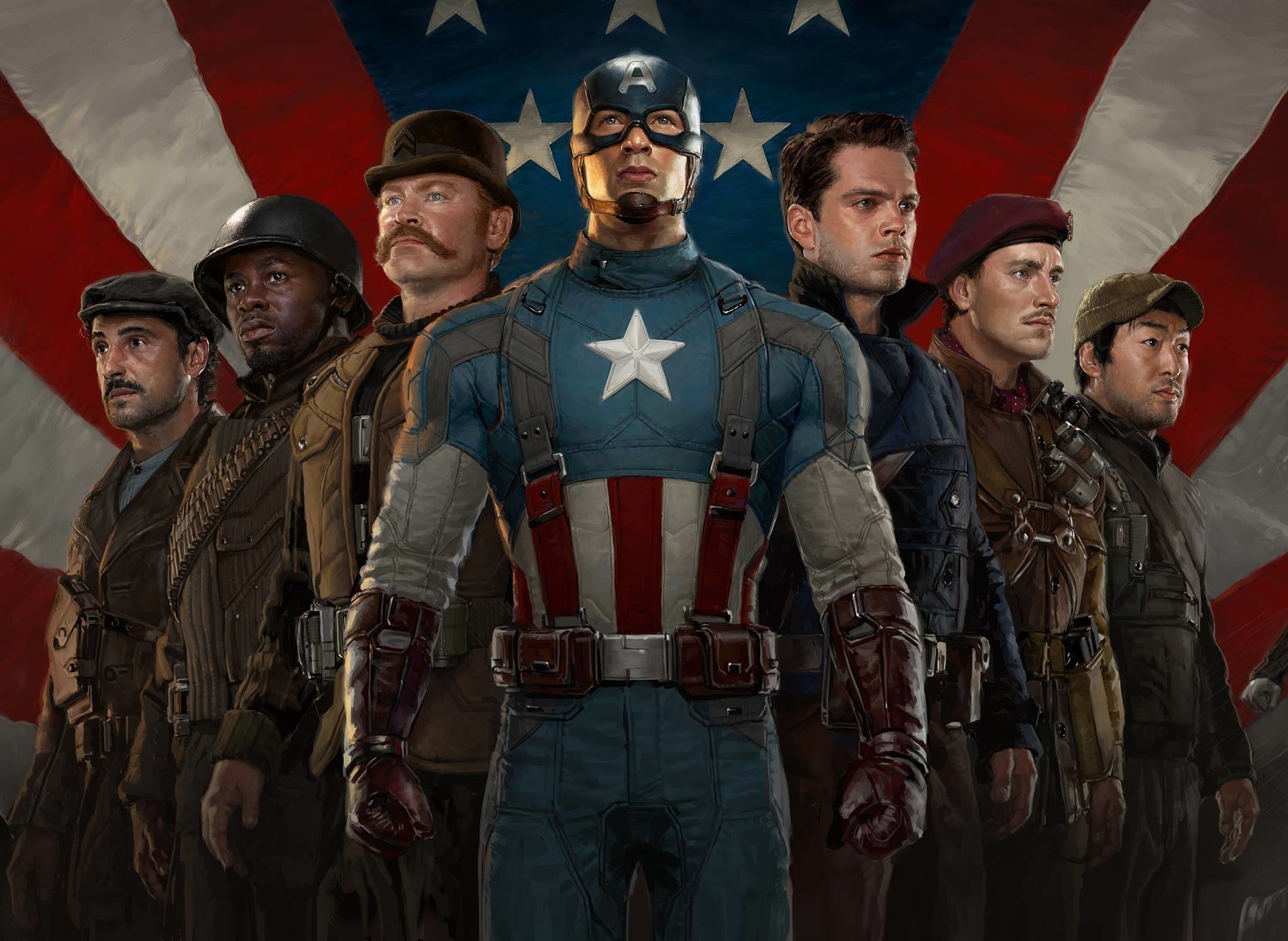
Not only does he combat terrorist threats to defend the United States, but he also deals with the real repercussions of war, and the MCU deals explicitly with Stark’s PTSD and survivor’s guilt after his experiences. By portraying Stark as a more haunted and conflicted hero, the MCU addresses and recreates the mythology of the American War Hero to be more relevant and inspiring in a grieving nation. With Captain America: The First Avenger, the MCU appeals again to the beloved American War Hero trope, this time doubling down on the patriotism. While Steve Rogers did become strong as the result of experimentation, his heroism stems from his experiences and bravery while fighting in World World II.
Just as Iron Man was forged in war, so too was Captain America, and his story rings true for many families of veterans. Indeed, the only reason Steve Rogers is even part of the Avengers is because he crashed his plane to save his country, even though it meant losing his life and his love. While it is true most heroes have dark origins that act as catalysts for the heroism, the uniqueness of the origins of Captain America and Iron Man is that their stories harken back to the dark past of not just a few touched audience members, but for the entire country.
The New MCU Heroes
The circumstances that created Iron Man and Captain America are far more traumatic than those that gave rise to newer MCU heroes. For example, Peter Parker became a hero because he was bitten by a spider. It is not nearly as traumatic as being held hostage by terrorists under the constant threat of torture and execution. The first Black Panther gained his abilities after eating a heart-shaped herb. Peter Quill was born super as his father is a god.
Vision is sentient AI — he didn’t live through any personal trauma except for being exposed to the news all the time. It should be noted that Carol Danvers became Captain Marvel because of a war. However, the war was with a fictional alien race and thus does not recall the same legitimate emotional trauma as does references to terrorism and World War II.
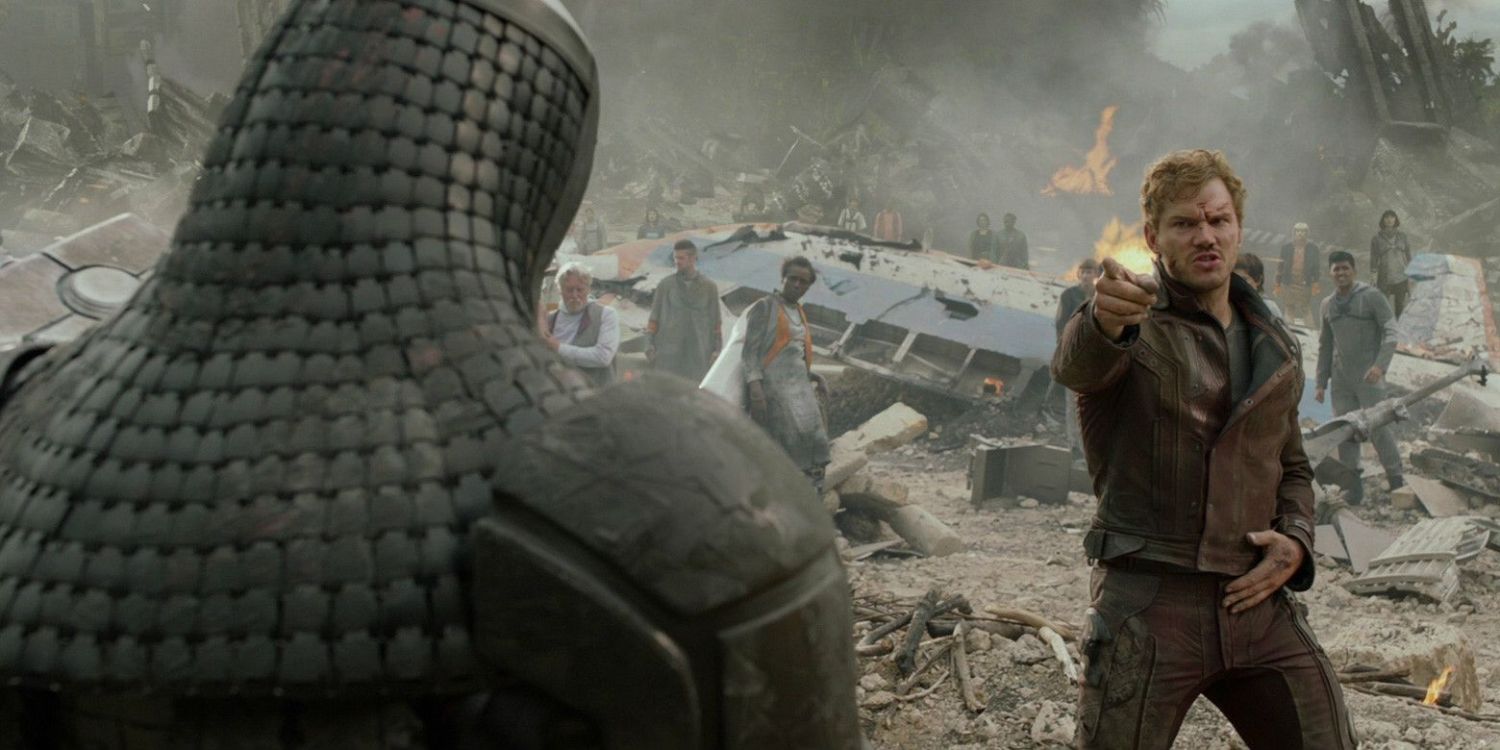
While it is true that the origin stories portrayed in the MCU films are mostly derived from the canon of the original comics, the decision of which hero to put on screen at what time is a creative choice. Marvel could have made Guardians of the Galaxy in 2008 but instead chose to make the Iron Man film. Despite having a wealth of different heroes to put on screen, the MCU purposefully chose to dramatize realistic war films first.
The characters of the MCU have also become markedly funnier as the franchise has progressed. All the MCU films do have moments of levity in them (Tony Stark has always been one for the witty comebacks), but without a doubt, the humor in the films has increased. Characters such as Peter Quill, Ant-Man, and Spider-Man instantly come to mind when discussing MCU heroes that are laugh-out-loud funny. Peter Parker’s high school awkwardness and Ant-Man’s endearing quips are light-hearted, whereas Tony’s sarcasm seems to be a coping mechanism and born out of pain. A scene that stands out is Peter Quill’s dance battle with Ronan.
This scene is unexpected and very funny because it turns boss fight tropes on their heads, tropes that are present in, for example, Captain America: The First Avenger.
The Mise-En-Scène Of The MCU
Lastly, the mise-en-scène of the MCU films has shifted to accommodate a more light-hearted tone in the films. Mise-en-scène is French for “to put in the scene” and it is a term used to describe everything that is seen in a shot: set, costumes, and make-up, among others. Over time, we see MCU films become more ‘comic book-y,’ as they return to their more colorful and fantastical roots.
According to the comic book writer Grant Morrison, comics have begun to veer “toward social critique, satire, and filmic vérité wrapped in the flag of shameless patriotism” post 9/11. (( McSweeney, Terence. The ‘War on Terror’ and American Film: 9/11 Frames Per Second. Edinburgh: Edinburgh University Press, 2014. )) Cinema vérité, meaning truth in cinema, is a style in film that seeks to recreate real-life as accurately as possible. Typically, this style is associated with more realistic plots and characters, as well as filmic techniques such as the use of shaky-cam to give scenes a more truthful feel.
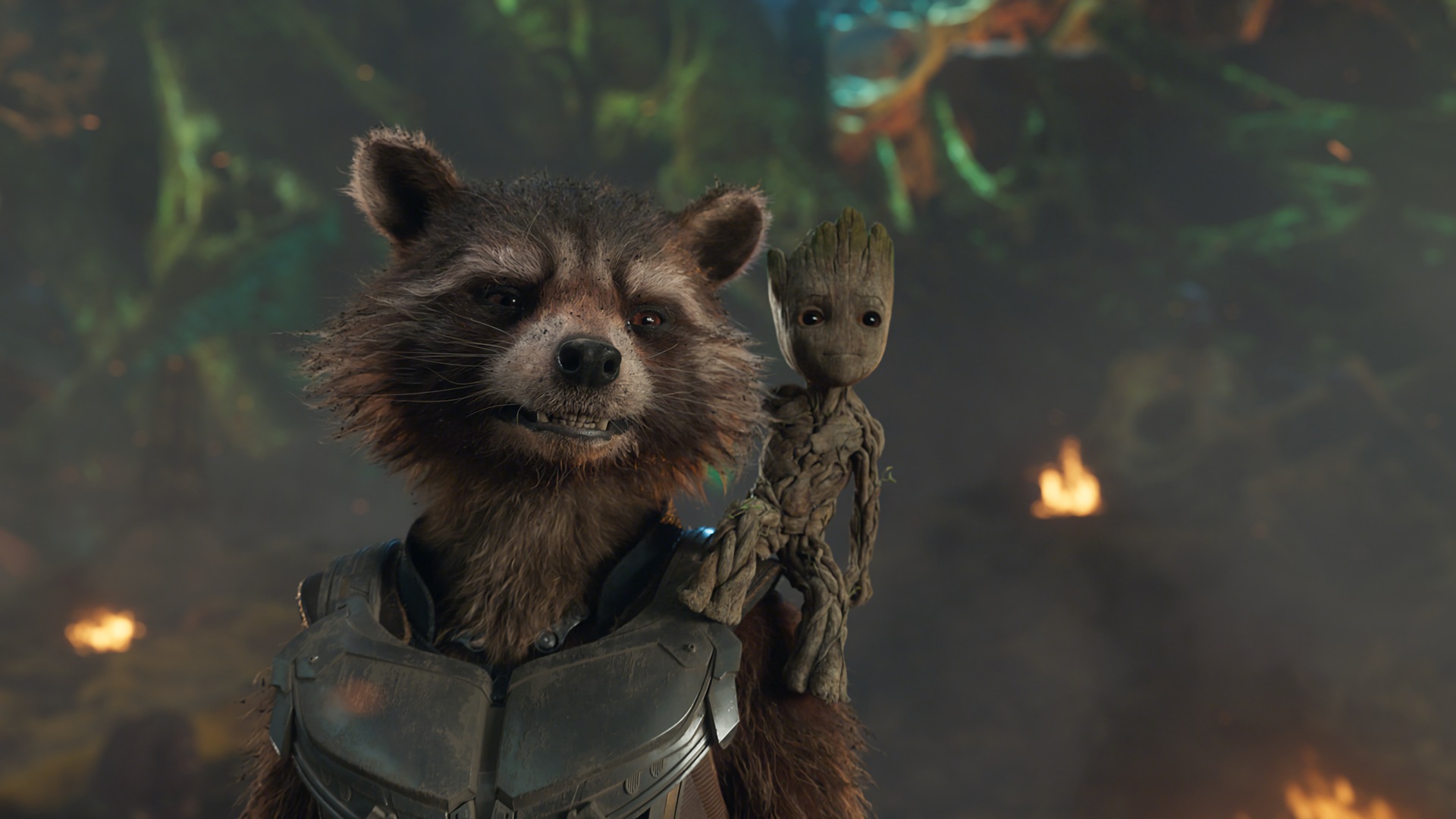
Again, looking at Iron Man and Captain America: Civil War, this style is clear. Their plots focus on real-life events, even if their stories are fictional. We can see this grounded realness in the settings of the films: a battle field in Germany, the cockpit of a plane, a science lab, war-torn Afghanistan. Later MCU films introduce unrealistic settings, such as space or the quantum realm.
With this shift in setting, we can see a shift from realism towards a higher degree of formalism within the MCU. (Formalism in cinema is a mode of representation that is more highly stylized whereas realism seeks to recreate real-life as accurately as possible.) Even further, the addition of completely CGI characters distances newer MCU films from the cinema vérité and realism, instead embracing a more ‘comic book’ tone. Characters like Rocket the Racoon, Groot, and Thanos are highly formalist and stylized.
From Science Towards Magic
Additionally, the earlier MCU films seem somewhat determined to make the origins of their heroes believable. All of the early MCU heroes, with the exception of Thor, received their powers by scientific means. With imagery such as a science lab, lab coats, high-tech screens, white-sterile looking walls, tubes of mysterious liquid, and more, Marvel is constantly telling the audience that science is at the root of magic. While the concept of superheroes and superpowers is in a formalist construct, Marvel seeks out a grounding realism.
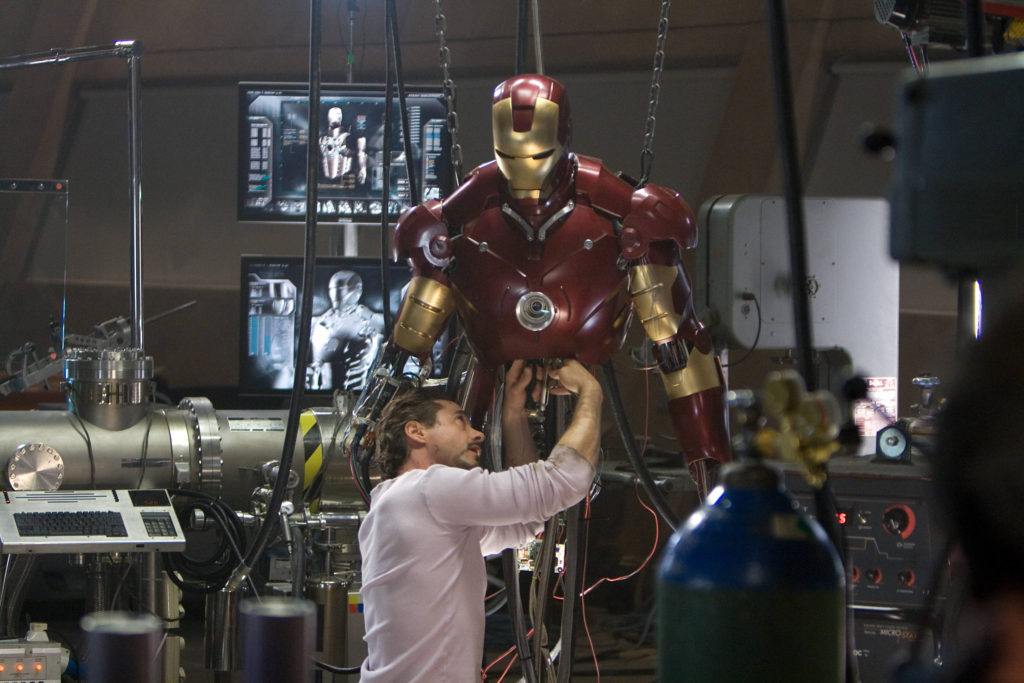
Later in the franchise, the MCU seemingly disposes of this desire to make their movies realistic in favor of increasing fantastical adventure. As just one example, Peter Quill is super because his father is a God who lives on a paradise planet in space. Marvel’s shift towards a more formalist and stylized mise-en-scène increases levity in their films. The fantastical and unrealistic nature of settings and characters can act as a distancing force to audiences.
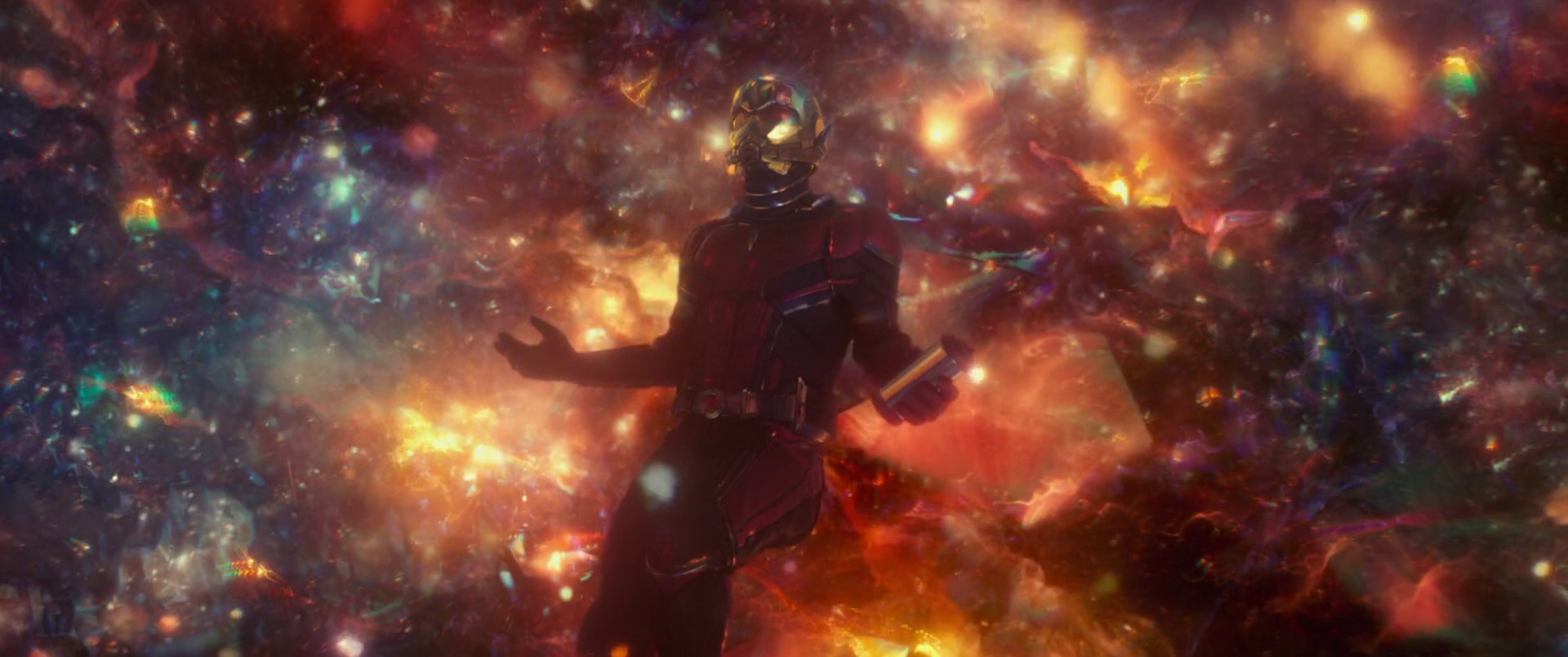
This is not to say that audiences cannot relate to and sympathize with more unrealistic plots, but rather that because the films become more unrealistic, they carry less real-world connotation with them. For instance, to most Americans, terrorists instantly trigger thoughts about 9/11, whereas the quantum realm holds no emotional meaning to most people since they have never encountered it before. The MCU has slowly reined in its commentary on the real world, instead providing a fantastical universe of escapism.
So, What Does This All Have To Do With Politics, Anyway?
Looking at the roots of the Marvel Cinematic Universe, why did the franchise transition from thriller war films to comedic fantasies? While, for the most part, MCU films are based in the canon of the original comic books, political and economic forces prompted the tone shift of the franchise.
Political polarization within the United States has been steadily increasing in recent decades. According to the Pew Research Center, between 1994 and 2014 the number of Americans who hold consistent ideological views has more than doubled from 10% to 21%. (( “Political Polarization in the American Public,” Pew Research Center – U.S. Politics & Policy, June 12, 2014. ))
Fewer moderates exist as members of both parties shift increasingly left and right. Further, partisan animosity has “more than doubled since 1994.” (( “Political Polarization in the American Public,” Pew Research Center – U.S. Politics & Policy, June 12, 2014. )) As of 2014, 27% of Democrats and 36% of Republicans viewed members of the opposing political party as “a threat to the nation’s well-being.” (( “Political Polarization in the American Public,” Pew Research Center – U.S. Politics & Policy, June 12, 2014. ))
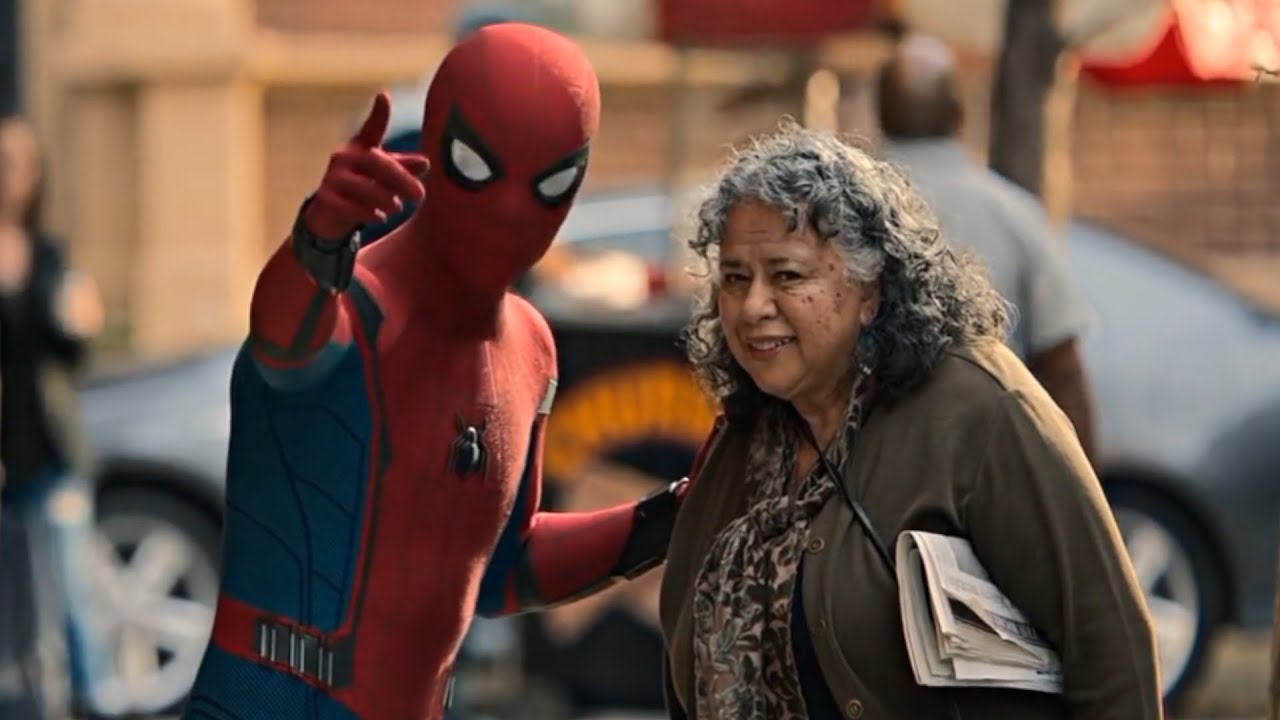
Early MCU films had a more political spin following the trend of comic books post 9/11. The themes of intense patriotism and anti-terrorism were abundant early in the franchise. As the US grows increasingly divided and political tensions rise, many Americans don’t want to see old political woes rehashed in their free time. Given the pervasive political tensions and animosity within the United States, many audience members seek escapism in film rather than heavy content. Further, political themes put Marvel at risk of alienating and angering audience members who disagree with the political ideas expressed in the films.
In order to appeal to a wider audience, the MCU has had to embrace its role as an entertainer. Laugh-out-loud comedy films such as Thor: Ragnarok and Guardians of the Galaxy are setting a new tone for the MCU franchise.
It’s All About The Money?
However, globalization is the largest factor pushing the MCU towards levity. Specifically, Marvel is driven by international markets. For reference, while only 45.6% of Iron Man’s revenue was derived from international audiences, nearly 70% of the revenue generated by Avengers: Endgame was earned from international markets. (( “Iron Man,” Box Office Mojo. )) (( “Avengers: Endgame,” Box Office Mojo. )) Of the $2,797,800,564 that Avengers: Endgame grossed, $1,939,427,564 was earned from international sales and theatrical releases. (( “Avengers: Endgame,” Box Office Mojo. ))
Marvel’s motivation to please international audiences, potentially even more than American audiences, is undeniable. This shift in the intended audience of Marvel films can be seen in the development of MCU heroes and villains. While MCU villains used to be easily identifiable based on nationality (the Afghan terrorists, the Germans, the Russians), Marvel has recently opted for more universal villains. Now, we see films where the entire planet is under siege, rather than simply America defending itself.

In more recent films, the MCU has backed off from the ‘American War Hero’ trope and introduced more diverse characters into its cast. This shift lends itself to the notion that the MCU is now embracing a depiction of a more united world. With such a rich filmography and history, it’s no surprise that the MCU has adapted and changed. This change is important to the success of the franchise, as the world in which it exists is continuously changing as well.
With the end of the Avengers as we know them, the newer heroes of the MCU are now stepping into the limelight. With the rebirth of the Avengers, Marvel’s trajectory towards a more light-hearted tone with a more universal appeal is becoming dominant. Marvel has the opportunity and ability to create a world that appeals to everyone — national or international, broody or light-hearted, young or old.
